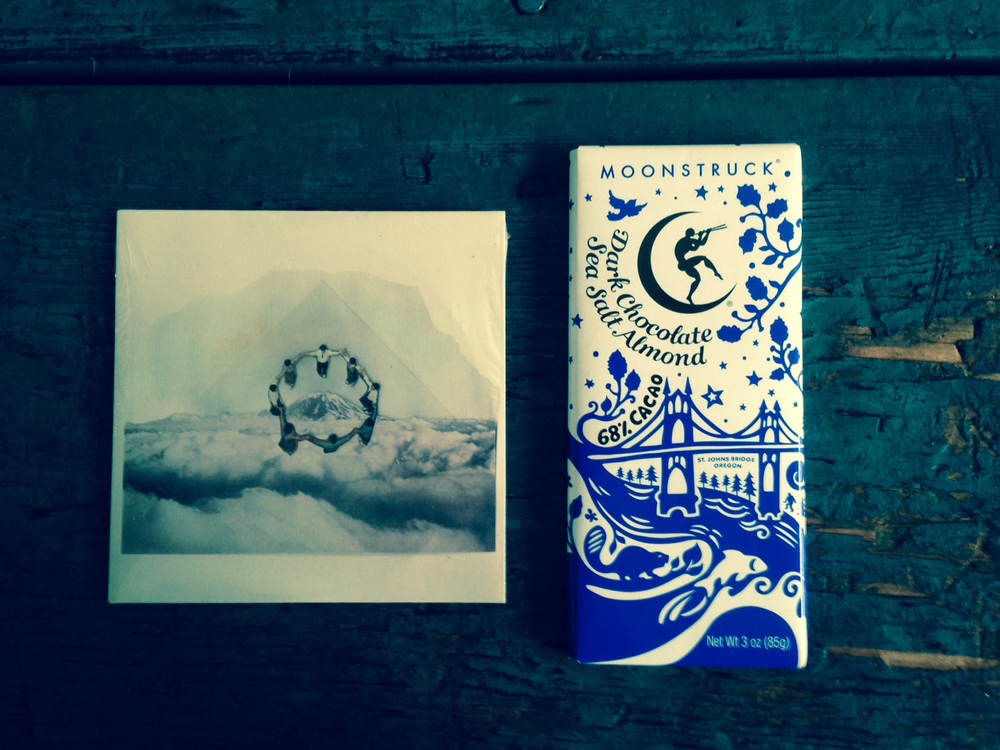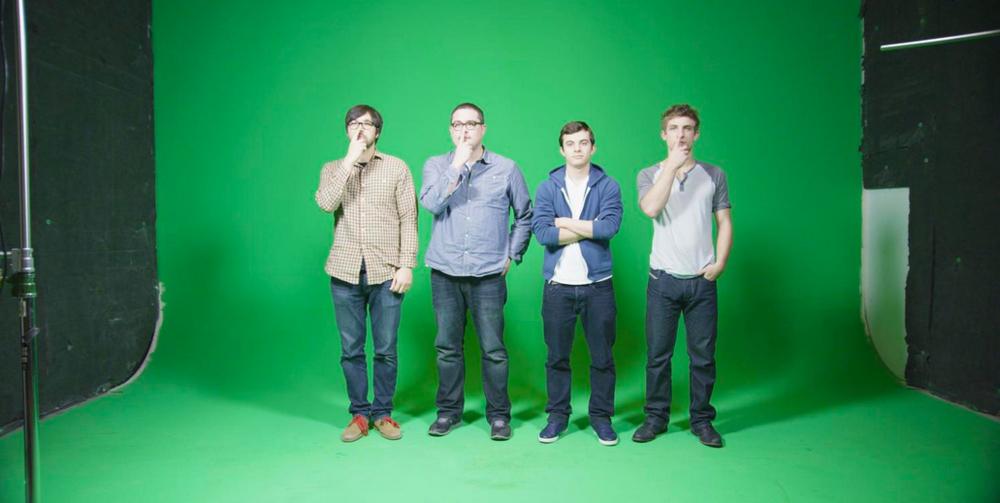
Field Notes Interview #13: Mike Gaston, Filmmaker

Unless you’ve been living in a remote barn on the outskirts of civilization without internet, you’ve probably seen two videos that are blowing up right now: “100 Years of Beauty in 1 Minute” and “Grandmas Smoking Weed For The First Time.” These videos are spreading like wildfire.
What are the common threads within these two films? Both are created by Cut.com and each film presents simple ideas that expand into deeper, cultural questions that resonate with a large audience.
We caught up with Mike Gaston—director of both films— of Super Frog Saves Tokyo & Cut.com about the process of creating engaging and “sneaky” content that demands your attention.
M: When did you know you wanted to be a filmmaker?
MG: I came late to video.
My wife and I were both accepted to grad school. I was planning on studying Shakespeare. She was set to study History. We talked and decided one of us should probably have a job. Since she got into the much better school (Cambridge), I elected to find a gig. Somehow I stumbled into a job at Boeing doing things like contract negotiation and supply chain management. One day, for no reason, I decided to make a music video for my friend’s band. The label bought it. It was featured on MTV. Six months later I quit my job to pursue making videos full time. Mind you. I had no idea what I was doing. I spent a lot of time working on things for free to develop some chops. That was 8 years ago.
M: What’s your favorite moment of the filmmaking process?
MG: I love every part of it. From creative ideation through editing. In the beginning, ideas are perfect and clear. During production the idea takes shape in a way you couldn’t have expected, more often than not better than you expected. In post there’s an awesome sense of accomplishment. It’s hard to pick one favorite moment.
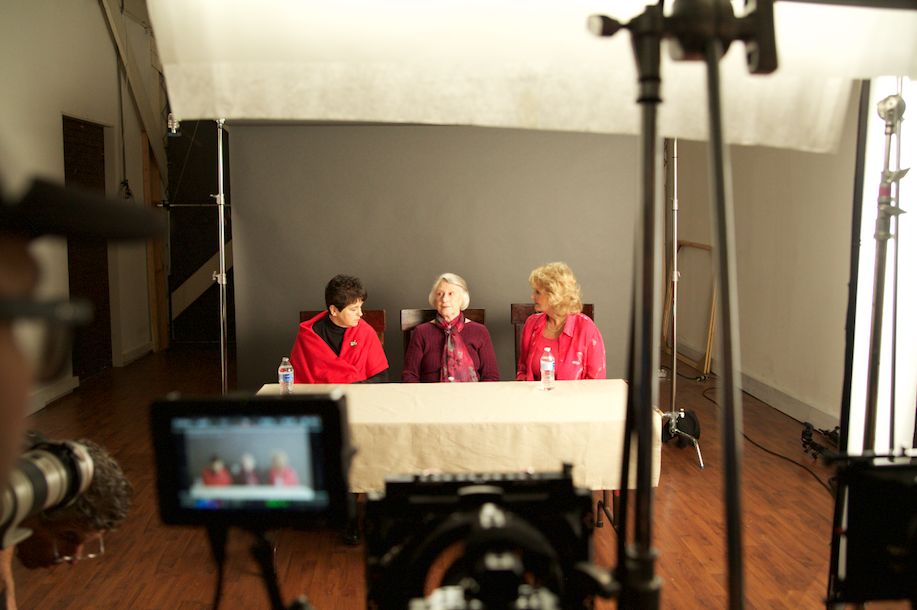
M: What do you think defines a filmmakers’ “voice”?
MG: It’s a combination of subject (gangsters), tone (whimsy), technique (symmetry), and aesthetic style (lens flares) that results in an internal meta-narrative embedded in the filmmakers content. Joking. I have no clue. When you find out will you tell me?
M: How did Cut.com come into fruition?
MG: Luck. We were the video department for an Internet marketing company. But video didn’t really have a place in their model. That company became an incubator for startups. So instead of letting us go they decided to invest in us as our own brand. Cut, is a domain they owned I convinced them to let me run with as our first original project. Now they are investing in us again as Cut.com.
M: How did the Smoking Grannies and 100 Years of Beauty projects come up? How did you arrive to those ideas?
MG: I realized I wanted to make sneaky content. I wanted to make videos that at a superficial level brought a lot of delight but hopefully also invited the audience to reflect on their relationship to the subjects they’d be presented with. With the marijuana video I wanted to make something families could laugh about over dinner not realizing that they were talking about subjects they might typically avoid confronting each other with. With 100 Years of Beauty, I wanted to make a pilot that would suck in an audience with a fun technique and attractive model so with subsequent episodes I could get them to question how our concept of beauty has evolved or failed to evolve by engaging models of different ethnicities, cultural backgrounds, gender, body types, sexual orientation, etc.
But in the beginning, it’s an image or a title or a technique. And then we ask those bigger questions to make sure the video fits within our rubric. Grandmas smoking weed for the first time, was one of those ideas that made sense as soon as we said the title.
M: Favorite moment off the screen during projects?
MG: In between takes, music is going people are talking and laughing. Shoot days are my favorite days. Nothing stands out but I always go home feeling really energized.
M: Were there any happy accidents during any sessions?
MG: We try to create conditions for happy accidents to occur. Especially when working with non-actors. My favorite: everything during the cards against humanity section of the Grandmas Smoking Weed video.
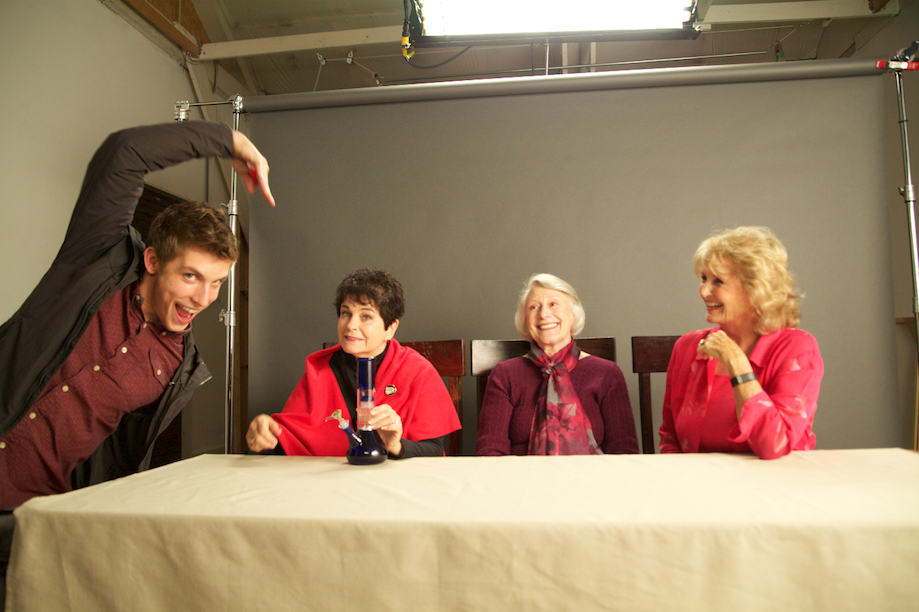
M: What role do you feel music has in film?
MG: Sound is critical to film. Cheap sound will make your video look like shit. If you’ve got great sound and shitty video, you can trick people into thinking the crappy video was an aesthetic decision. Great music not only complements but elevates video. The worse disservice you can do to your video is to treat music like an after thought. We don’t even begin to edit without pulling together reference music.
M: When did you know that you have something ready to show the world?
MG: We’ve done a few videos where no matter who we show it to they laugh and want to watch the whole thing. The grandmas video was one of those times. But honestly, you don’t ever know. You just kind of accept that you can’t do anymore. What’s the joke? No piece of art is ever finished, just abandoned? That feels true.
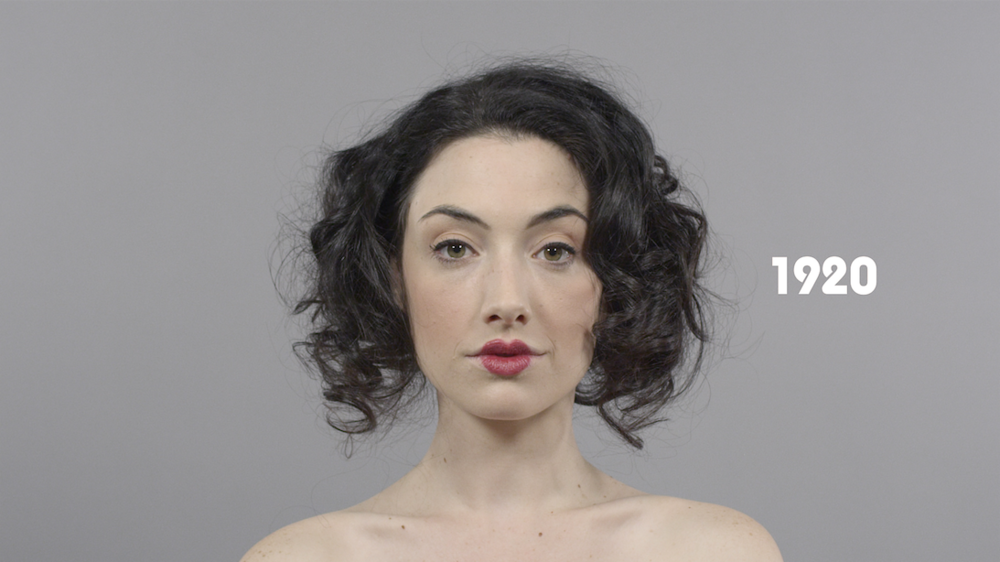
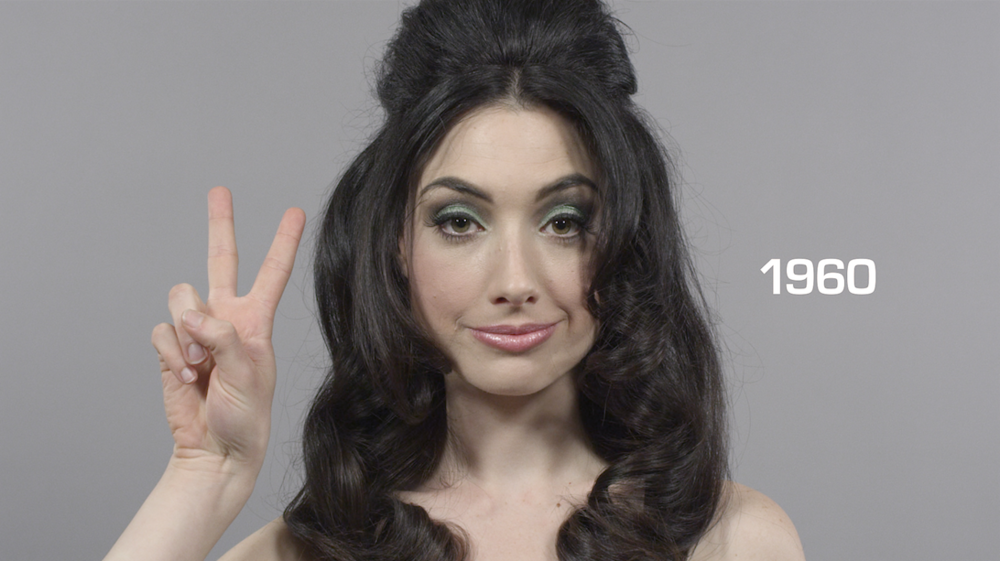
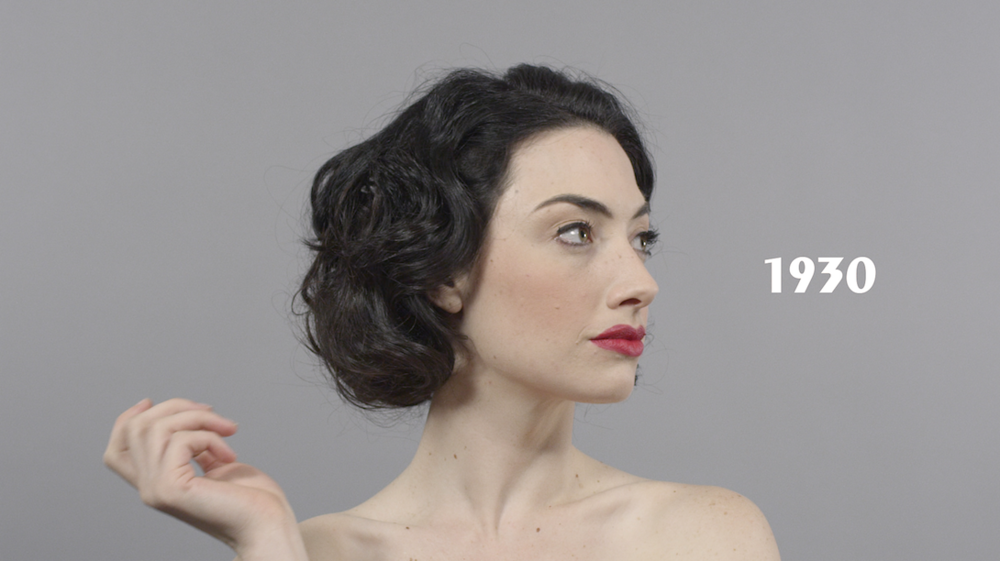
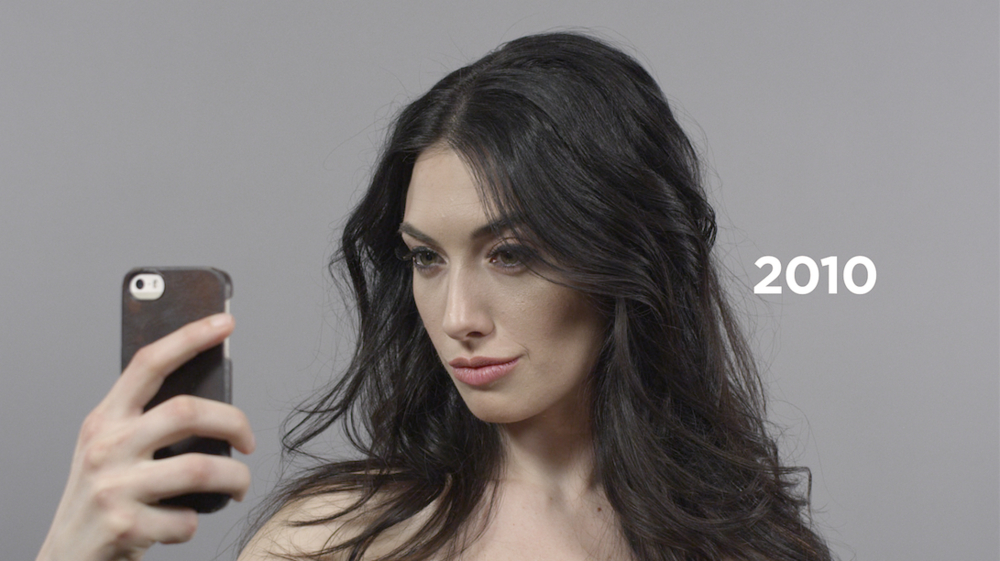
M: How do you feel music is misused in projects?
MG: I think the only way you can misuse music in a project is to not treat it like an equal element to the video. It’s just as important as the color, the lighting, the acting, everything. Don’t take it for granted.
M: What’s coming up?
MG: We have a few videos I’m really excited about. But I can’t tell you what they are yet.
